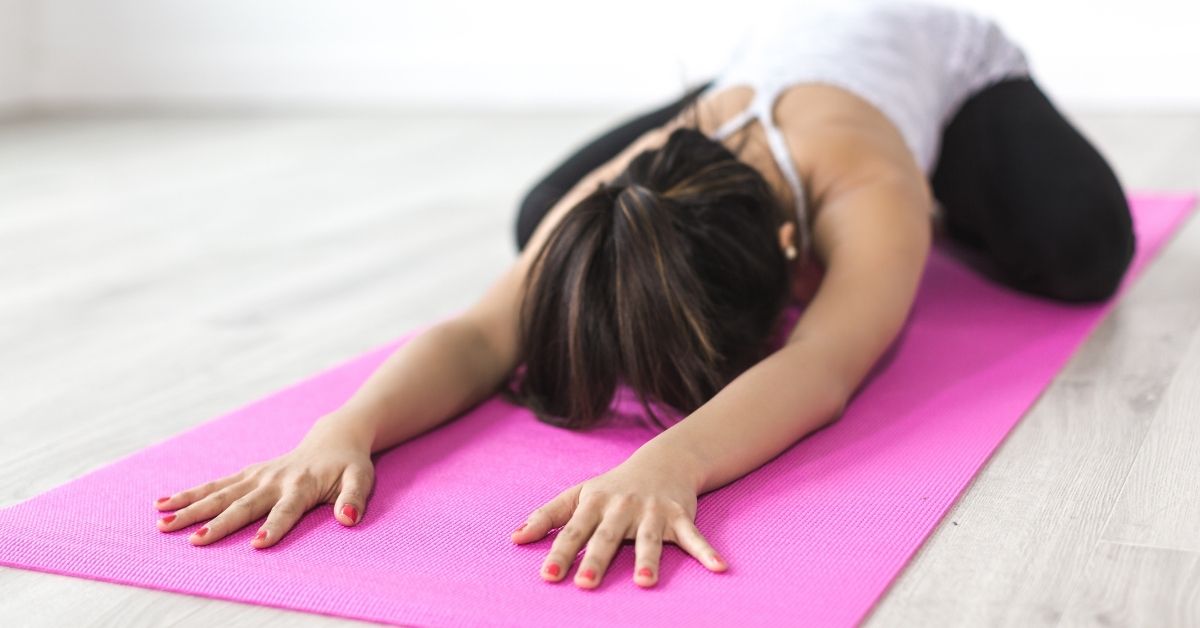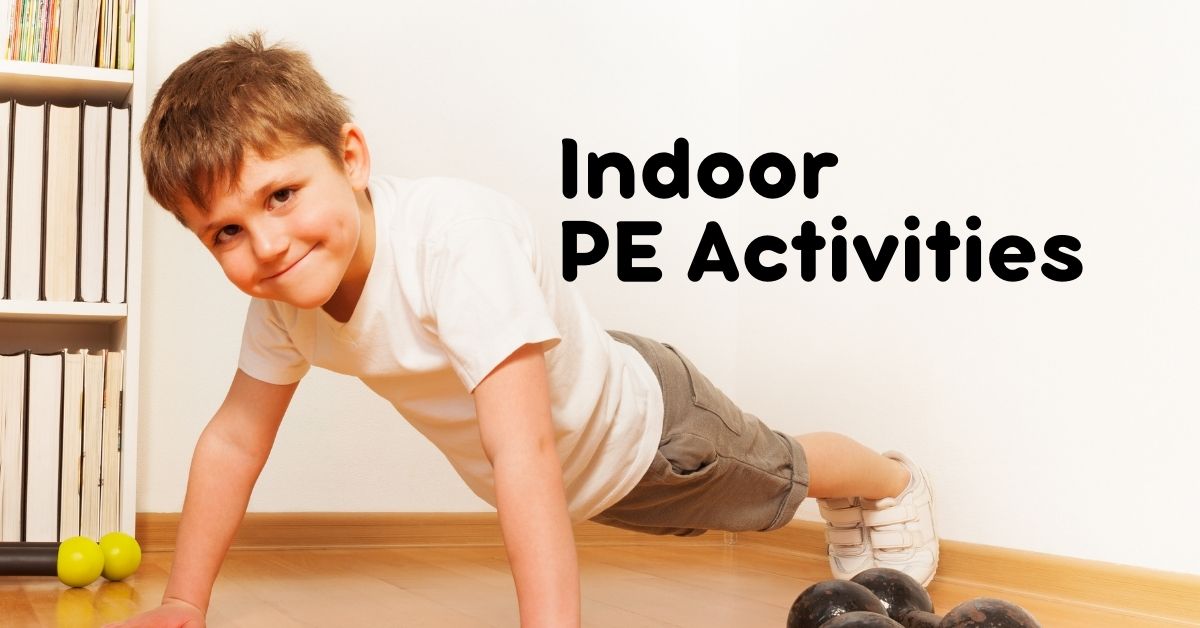Rainy days can disrupt outdoor homeschooling activities, especially when it comes to physical education. But staying indoors doesn’t mean skipping physical activity. With a little creativity and planning, you can incorporate fun, simple indoor fitness games for kids into your homeschooling day. These activities promote physical health, improve mental focus, and add a burst of energy to your child’s routine. Here are actionable ideas to keep your kids moving, learning, and entertained when the rain keeps them inside.
Simple Indoor Fitness Games for Kids
Physical activity is important for your child’s overall well-being. It improves motor skills, enhances mood, and even boosts brain function. Here are some easy-to-do fitness games that require little-to-no setup:
- Freeze Dance
Play some upbeat music and encourage your kids to dance around the room. Then, randomly stop the music, and challenge them to “freeze” in place. Not only is this game a great way to get moving, but it also helps improve listening skills, coordination, and timing. - Indoor Scavenger Hunt
Create a list of common household items for your kids to find. For added fun, pair each item with a physical task, such as five jumping jacks or hopping on one foot. This combines exercise with problem-solving, keeping both their bodies and minds engaged. - Balloon Volleyball
Blow up a balloon and set a “net” by tying a string between two chairs. Encourage your kids to keep the balloon from touching the ground. This game builds hand-eye coordination and provides plenty of laughs. - Obstacle Course
Use pillows, chairs, and other household items to create a mini obstacle course. Kids can crawl under tables, hop over cushions, or balance along a straight line of tape on the floor. This helps develop strength, agility, and coordination. - Egg and Spoon Relay
Using a plastic spoon and small item like a ball or toy egg, challenge your children to see how quickly they can walk from one end of the room to the other without dropping it. This activity is perfect for improving balance and focus.
These games are simple, engaging, and adaptable for various age groups. They’re the perfect solution for getting your kids to stay active, even on rainy days.
PE Activities Without Equipment
Fitness doesn’t have to involve elaborate setups or expensive gear. Plenty of activities require nothing but space and enthusiasm. Here are some ideas you can easily include in your homeschooling routine:
- Yoga for Kids
Yoga improves flexibility, balance, and focus. Try introducing fun, kid-friendly poses like “cat-cow” stretches, “tree pose,” or “downward dog.” Kids can follow along with yoga videos or create their own flow. Yoga can also serve as a calming activity for children who feel cooped up. - Bodyweight Exercises
Simple exercises like push-ups, sit-ups, squats, and planks are great for building strength. Create a mini workout routine your kids can follow, such as 10 squats, 5 push-ups, and 20 seconds of plank. For younger kids, modify these exercises to be easier, like knee push-ups or shorter plank holds. - Imaginative Animal Moves
Ask your children to pretend they are animals. Can they hop like a frog, waddle like a penguin, or crawl like a crab? These activities not only get them moving but also tap into their creativity. - Stair Climbing
If you have a safe staircase at home, encourage your kids to walk or run up and down the stairs. Make it more engaging by turning it into a race or timing how many trips they can complete in a minute. - Shadow Boxing
This is a fun and safe way to burn energy. Have your child pretend they’re “punching” an invisible target, adding in movements such as ducking and lunging to engage their full body.
By focusing on activities that don’t require equipment, you avoid extra costs while keeping physical education hassle-free and accessible.
Creating a Routine and Making It Educational
Establishing a regular fitness routine can help physical education seamlessly fit into your homeschooling schedule. A structured plan not only keeps kids active but also teaches them discipline and responsibility. Follow these steps to create a successful routine:
- Schedule Consistent Times
Choose a time each day for physical activity. Early mornings or mid-afternoons are typically when kids have the most energy. A consistent schedule ensures that fitness isn’t overlooked amidst other homeschooling priorities. - Introduce Weekly Themes
Keep things exciting by planning themed activities, such as a “sports day” featuring basketball drills or a “dance-off” day. Weekly themes add variety and maintain your child’s interest. - Get Kids Involved in Planning
Allow your children to help choose activities for their PE time. This increases their sense of ownership and motivates them to participate fully.
Make physical education doubly beneficial by incorporating educational elements:
- Teach the benefits of exercise, explaining how it strengthens muscles or improves flexibility.
- Introduce nutrition lessons, and talk about how healthy eating supports physical activity.
- Integrate math or science concepts into exercises. For example, children could measure their pulse before and after a workout to see how exercise affects heart rate.
Making PE both fun and educational maximizes its value in your homeschooling program.

Indoor Movement Ideas for Elementary Students
For elementary-aged homeschoolers, activities should balance energy-burning with skill-building. Here are a few ideas to keep this group active:
- Relay Races
Set up a simple race around your living room or hallway. Add challenges like balancing a book on their head or running backward. Relay races improve coordination and speed while promoting teamwork if there is more than one participant. - Target Practice with Soft Objects
Use rolled-up socks or small bean bags and set a target like a laundry basket or cardboard box. Kids can practice throwing and hitting the target from different distances and angles. This activity sharpens coordination and spatial awareness. - Floor Is Lava
Create a pathway with cushions or paper, and have the kids jump from one “safe spot” to another without touching the floor. This fun, imaginative game encourages strategic thinking and balance. - Simon Says with Fitness Actions
Play Simon Says but focus on fitness-related actions. For example, “Simon says do five jumping jacks” or “Simon says spin around twice.” This version helps build listening skills and reinforces physical activity.
Adapting for Varied Age Groups
Tailoring activities to different age groups ensures all your children are included and engaged.
- For Younger Kids
Simplify activities like obstacle courses or games of tag to accommodate their motor skill development. The focus should be on basic movements like hopping, skipping, and crawling. - For Elementary-Aged Kids
Introduce more structured activities like fitness challenges, relay races, and problem-solving games that stimulate physical and cognitive skills. - For Older Kids and Teens
Offer independent activities like yoga or personal fitness challenges. Encourage them to set goals, track progress, and explore exercises that match their interests, such as dance or strength training.
Adjusting the difficulty and structure of indoor PE activities allows you to cater to the needs of a variety of ages while keeping everyone engaged.
Keeping It Fresh with Variety
To maintain enthusiasm for indoor PE, vary the activities you offer. Variety prevents boredom and ensures children develop a well-rounded set of physical skills.
- Combine strength, flexibility, and cardio exercises in your weekly routine. For example, alternate between dynamic activities like scavenger hunts and calming ones like yoga.
- Introduce “themed days” to foster creativity. These could include a superhero workout where kids imagine carrying “heavy” objects or a jungle adventure involving “wild animal” movement.
- Rotate games weekly to avoid overuse. Activities like “Freeze Dance” might be a favorite one week, while obstacle courses may captivate more attention the next.
Changing things up helps keep every session fresh, fun, and engaging for your kids.
Rainy days are an excellent chance to explore creative, simple indoor fitness games for kids. By incorporating movement into your homeschooling plan, you’re supporting their physical health, sharpening their focus, and adding a spark of fun to their day. With so many ideas to choose from, you’ll never run out of opportunities to keep your children engaged, learning, and active indoors.





